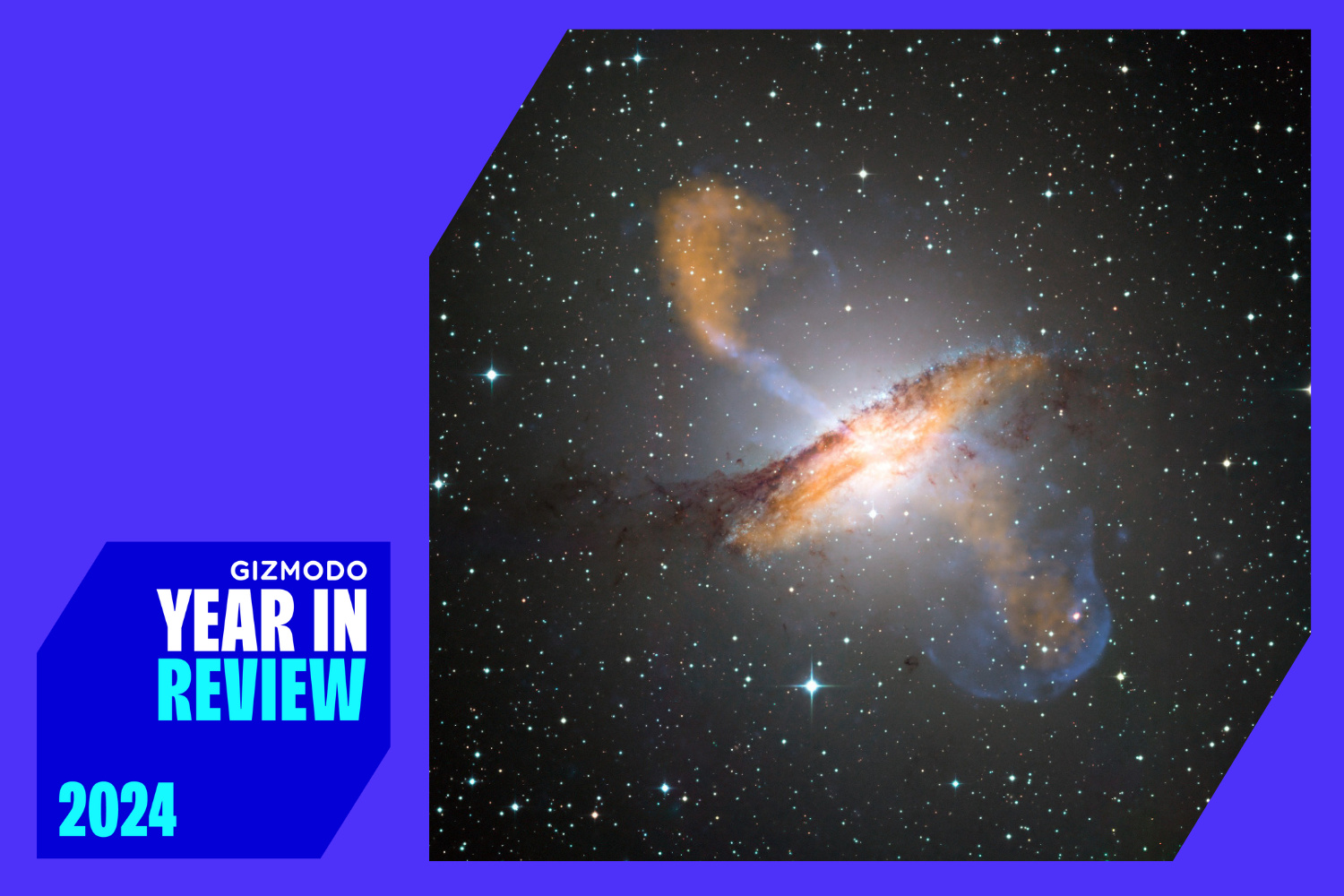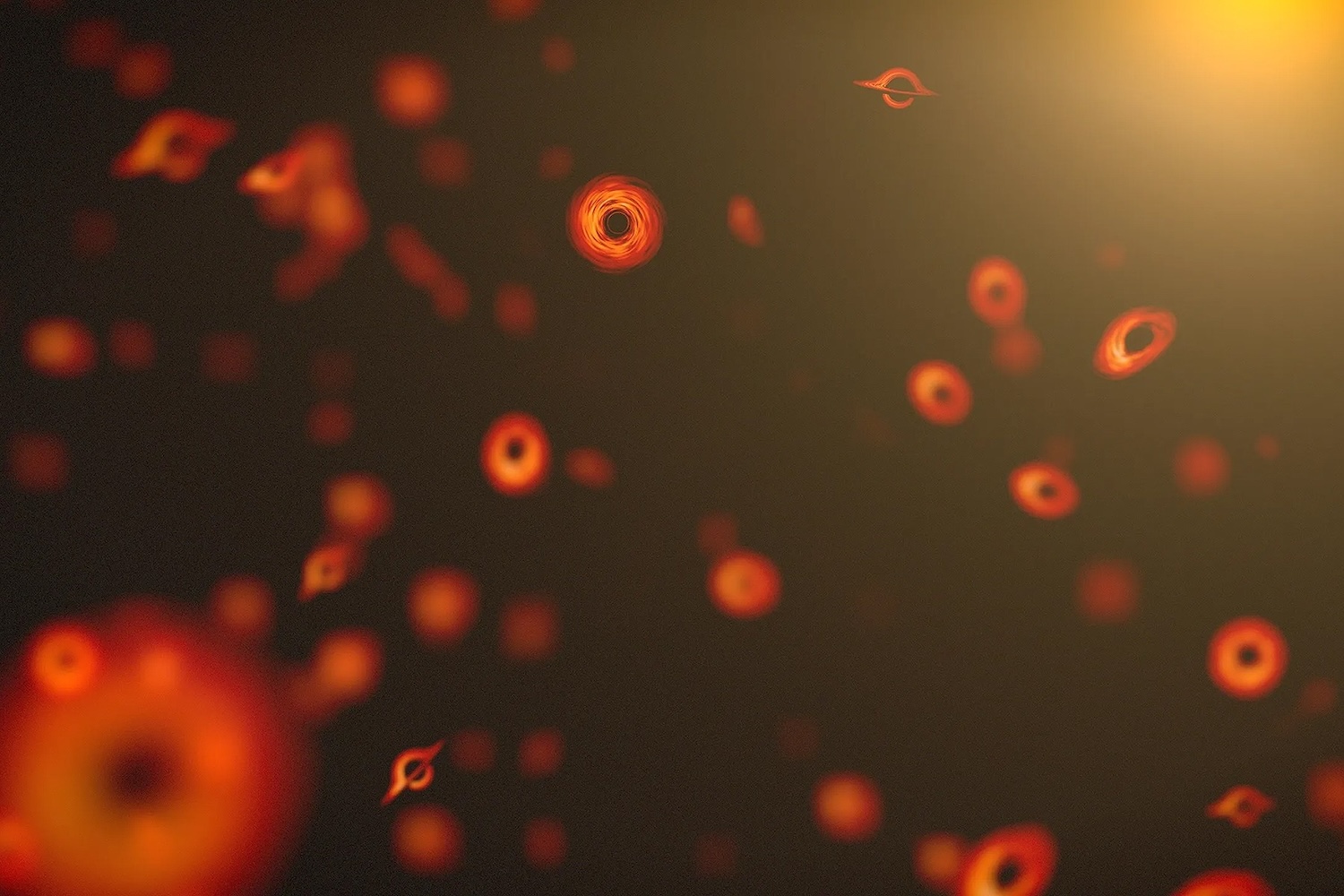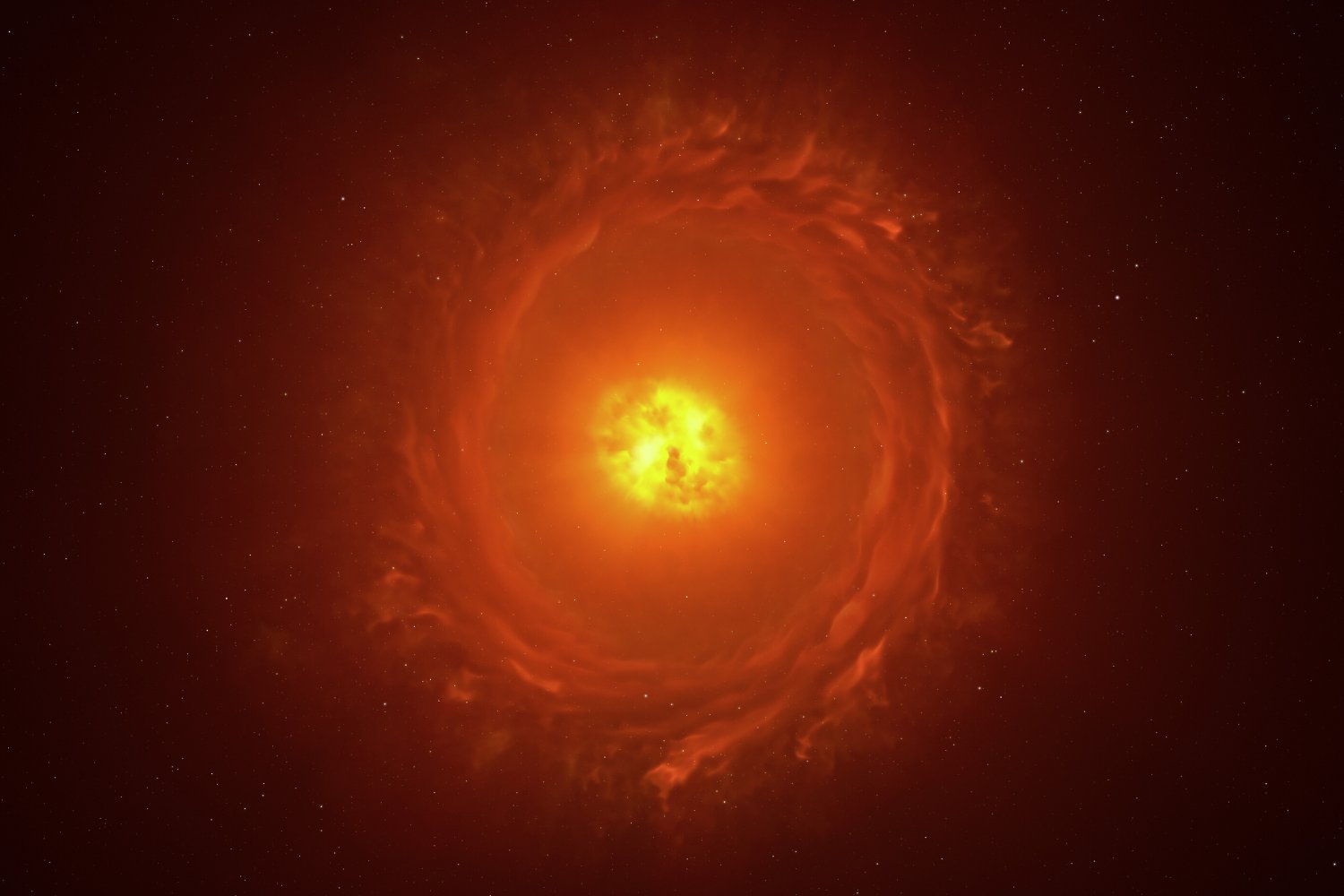So that Gliese Goldilocks Zone planet may not exist. Sad. Cheer up though, because Arizona University astronomers have discovered a new technique that could make spotting exoplanets a bit easier. Which is great, because right now it’s really frickin’ hard.
The biggest hurdle is light. When we look at distant stars and try to see their planetary systems, the glare from the star can be millions of times brighter than the rocky planets that could inhabit the warm Goldilocks Zone. This is the case with our solar system, whose dusty space and glaring Sun potentially obscure all but Neptune from hypothetical alien observers.
What this amazing new research out of Arizona University does is reduce the glare by stealing some of the star’s own light.
Using these “ripples” of light the researchers are able to cancel out some of the star’s glare (only on one side, as seen in the picture). But, what a picture the left side is! That white spot’s a planet, directly observed, orbiting the well-documented Beta Pictoris, visible and glorious thanks to this new technique.
Astronomers expect to use this technique to confirm the 500 exoplanets discovered so far are the real deal (sometimes they’re false positives), and then they’ll use it to find even more. [Eurekalert via Discover]













